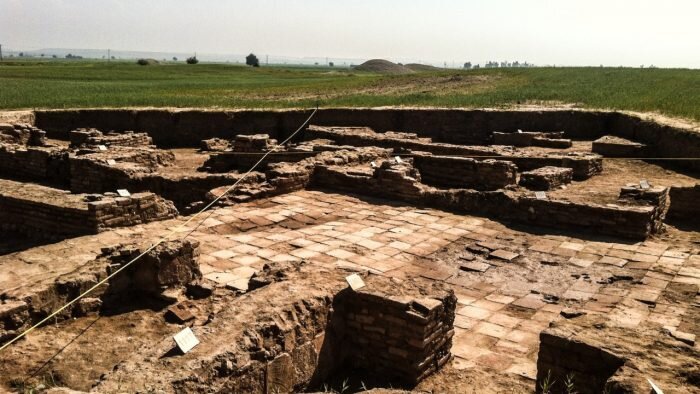Iran documenting remnants of historical Jundi Shapur

TEHRAN – A documentation project has been commenced on the ancient Jundi Shapur University in the southwestern city of Dezful, ILNA reported.
The project aims at demarcating the historical area to prevent possible damage from agricultural activities, the director of the historical site Yaqub Zaleqi said on Wednesday.
The project will also provide necessary infrastructures for the future projects in the site, as well as prepare maps at different scales of all documented data, the official added.
He also noted that the first round of the documentation project was implemented in 2016, during which the hills and different parts of the ancient site were identified and documented.
Jundi Shapur, also spelled as Gundi Shapur, was one of the world’s birthplaces of knowledge and wisdom, which is a source of national pride and enthusiasm for Iranians.
The city was the intellectual center of the Sassanid Empire (224–651) and the home of the Academy of Jundi Shapur University, which offered education and training in medicine, philosophy, theology, and science.
The university was home to a teaching hospital, and also comprised a library and a center of higher learning. It has been identified with extensive ruins south of Shahabad, a village 14 km south-east of Dezful, to the road for Shush, in the present-day province of Khuzestan.
The town fell into decline after the Muslim conquest of Persia (633–654), the city surrendering in 638, however, it continued to remain an important center in the Muslim period. Yaqub Layth Saffari, the founder of the Saffarid dynasty, made Jundi Shapur his residence three years before his sudden death. His tomb became one of the most prominent sites in the city.
ABU/MG
